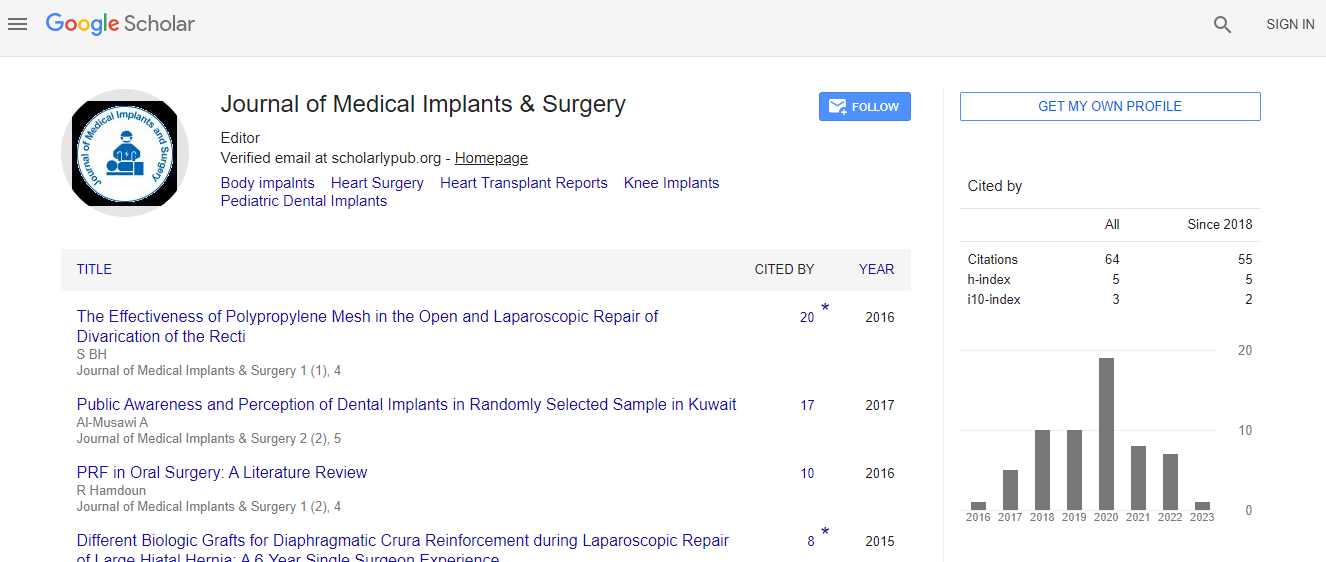Evolution and Literature Review of Robotic General Surgery Resident Training: 2002-2018
Abstract
Statement of the Problem: Since no validated robotic surgical curriculum exists, a systematic approach to credentialing and training robotic surgeons using technical skills, evaluation, interventions aimed at the enhancing skill evaluation and standardizing assessment tools for certification needed to be created. Best practices include a preclinical training assessment, didactic sessions, online tutorial and hands on components utilizing simulators and dry labs and cadaveric labs. This pathway was chosen to limit a learning curve of transiting and adopting new skills. The clinical training is a deliberate practice module, focusing on a specific procedure. This allows the learning to acquire skills more efficiently by building on high volume surgeries within the learner’s clinical setting. In turn, the scalable curriculum provides additional insight to the credentialing board of an academic hospital when granting robotic privileges. To accomplish this goal, the research suggests a multi-phase iterative mixed-method design for validating a robotic surgery curriculum utilizing a proficiency-based progression of surgical skill training. Methodology & Theoretical Orientation: A mixed-method approach is fundamental due to the available data points. A mixed-method study will provide both quantitative data points of reduction of operating room times, skill set acquirement, proficiency to mastery skill set advancement, while also obtaining expert observational data and learning cognitive load analysis. To obtain triangulation and ascertain validity, the study will employ three validated assessment tools, ranging from aerospace to medicine specific. Simulator data will provide quantitative data and cognitive load assessments will provide learner qualitative data points. Conclusion & Significance: The evolution of a novel robotic surgical platform has been met with challenges regarding user proficiency, patient safety and emerging trends. Only by systematic reassessment of instructional methodologies, will robotics flourish for additional decades to come. Hospital systems, surgical residency programs and patients are now inquiring about surgical proficiency in robotics.

